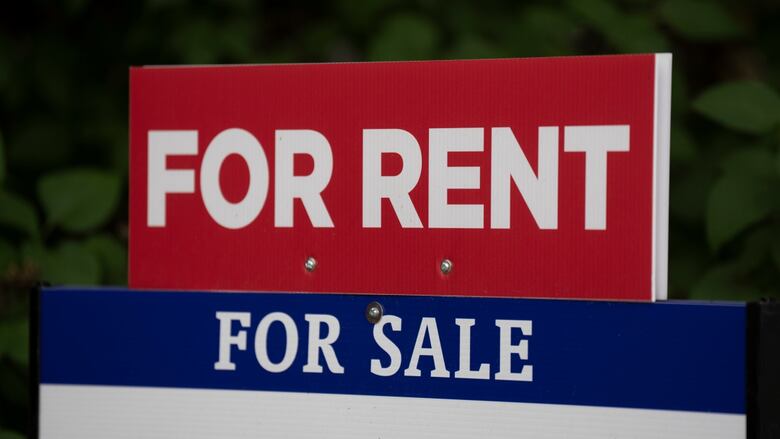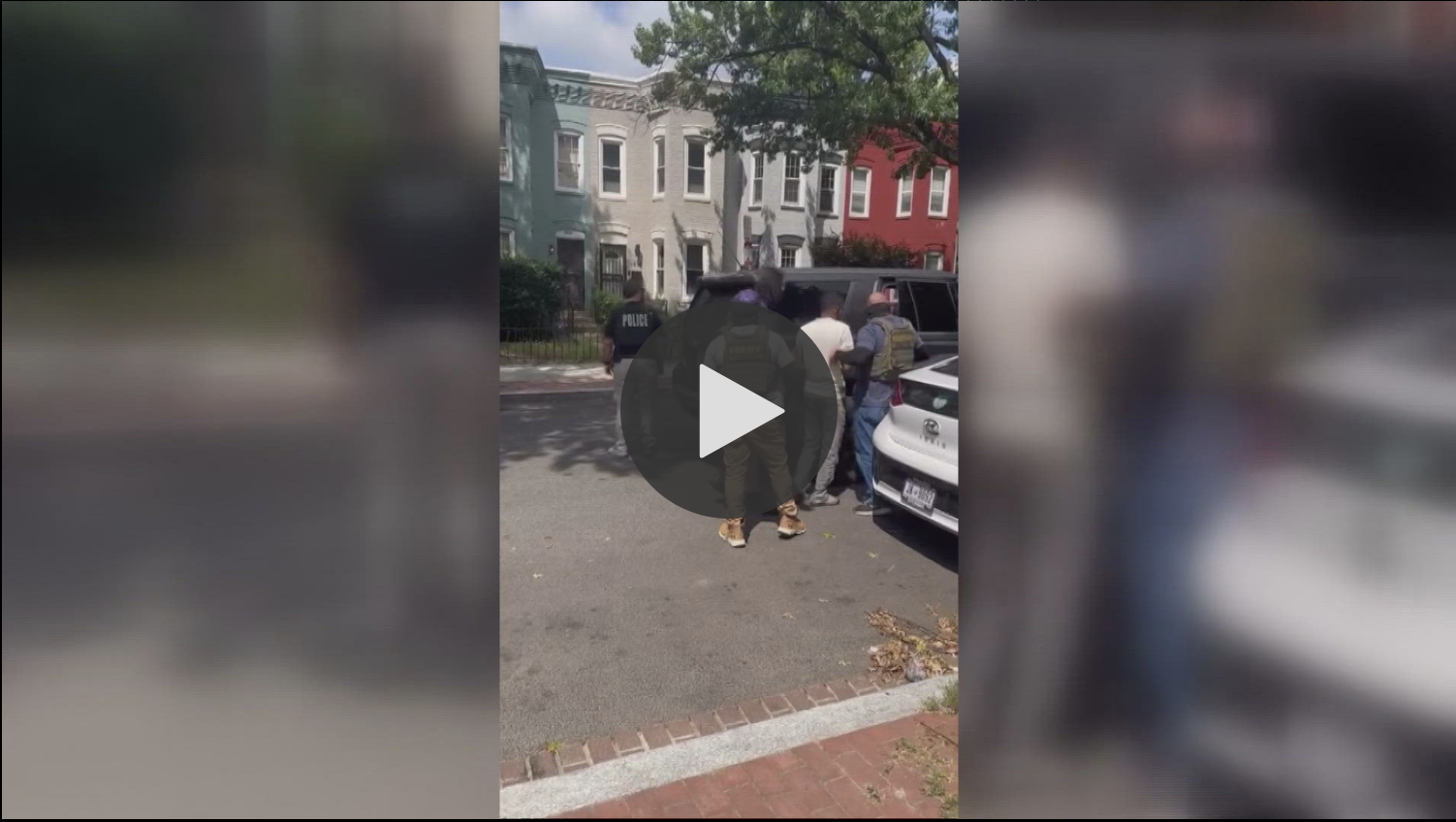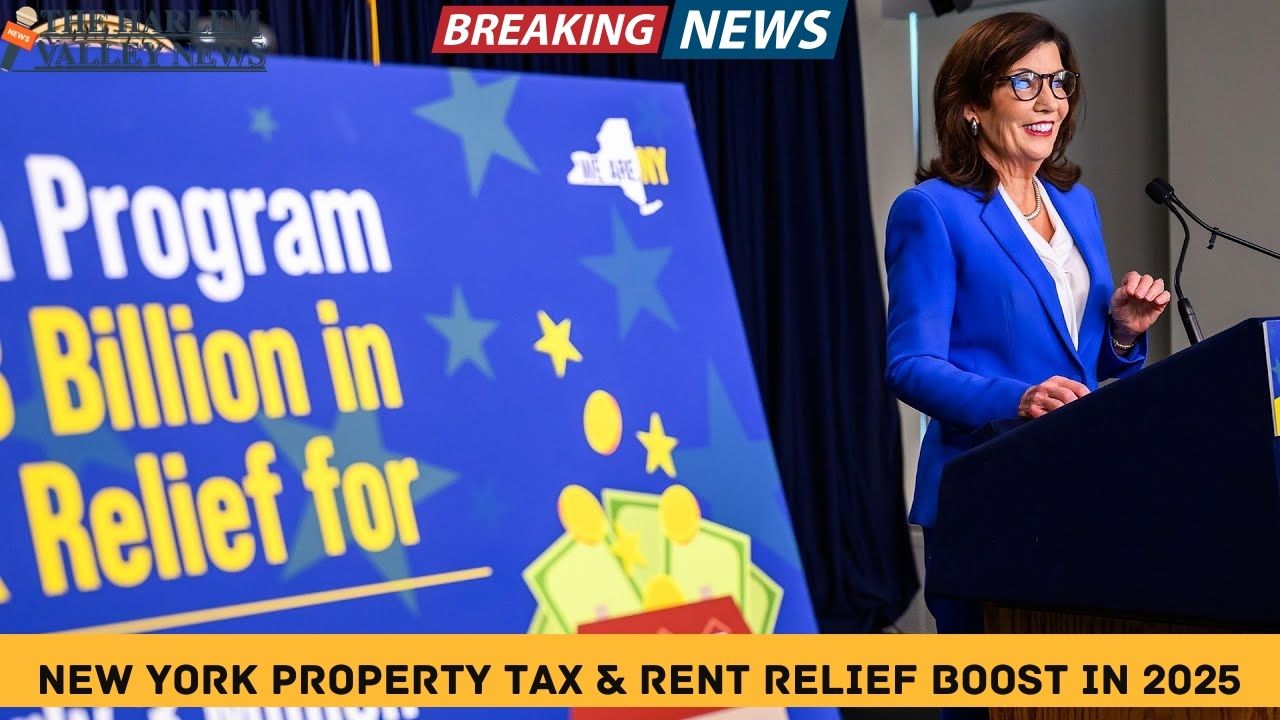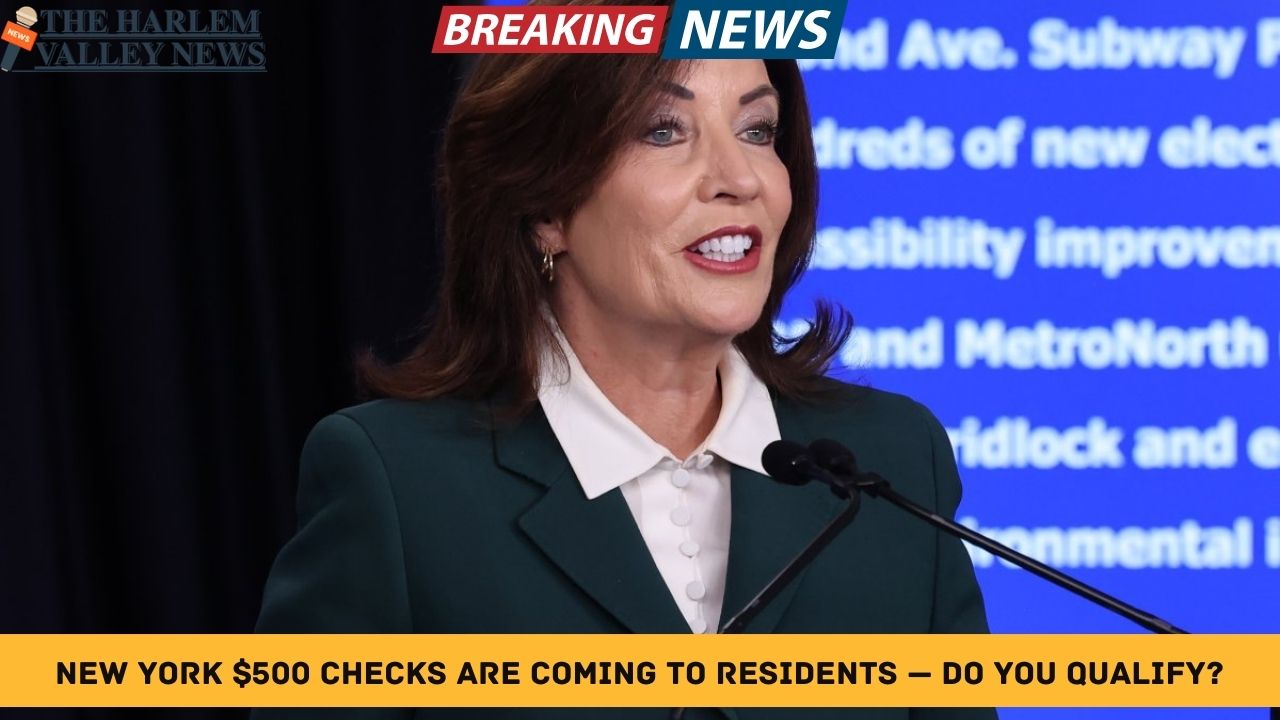As a tenant in the Golden State, understanding your rights and the laws that govern your tenancy is crucial. One of the most significant concerns for renters is the potential for rent increases. In California, tenant protections have evolved over the years, and 2025 brings further clarity and potential changes to the landscape of rent increase regulations. This comprehensive guide will delve into the intricacies of California’s rent increase laws as they stand in May 2025, outlining what tenants in cities like Los Angeles, San Francisco, San Diego, Sacramento, and beyond need to know to safeguard their housing stability.
The Foundation: The Tenant Protection Act of 2019 (AB 1482)
The cornerstone of California’s current rent increase regulations is the Tenant Protection Act of 2019, also known as Assembly Bill 1482 (AB 1482). This statewide law, which went into effect on January 1, 2020, and is set to expire on January 1, 2030, introduced significant limitations on rent increases and established “just cause” eviction requirements for many residential rental properties.
A. Rent Increase Limits Under AB 1482:
AB 1482 sets a cap on how much a landlord can increase the rent annually for eligible properties. The law states that rent cannot be increased by more than 5% plus the percentage change in the cost of living (Consumer Price Index or CPI) for the region, or 10% of the lowest rent charged at any time during the 12 months prior to the effective date of the increase, whichever is lower.
- The CPI Component: The CPI used for this calculation is the regional CPI, which varies depending on the area. For instance, the CPI for the Los Angeles area in August 2024 was 3.9%, resulting in a maximum allowable rent increase of 8.9% (5% + 3.9%). For the San Francisco area, the CPI from August 2024 to July 2025 was 3.8%, leading to a maximum increase of 8.8%. These figures are typically released around May 1st each year and are based on the change from April 1st of the prior year to April 1st of the current year.
- The 10% Cap: Regardless of the CPI, the maximum annual rent increase under AB 1482 cannot exceed 10%. This provides an absolute ceiling on rent hikes.
- Frequency of Increases: Landlords are generally limited to no more than two rent increases within a 12-month period, and the combined amount of these increases cannot exceed the AB 1482 cap.
B. Properties Covered by AB 1482:
It’s crucial to understand which properties are subject to the rent increase limitations of AB 1482. Generally, the law applies to most residential rental properties in California that are more than 15 years old. This is a rolling date, meaning that a property built in 2010 will become subject to AB 1482 in 2025.
C. Exemptions from AB 1482:
Certain types of properties are exempt from the rent increase limitations of AB 1482. These exemptions include:
- New Construction: Properties built within the last 15 years. For example, in 2025, properties built in 2010 or later are exempt.
- Single-Family Homes and Condominiums: These are generally exempt unless owned by a corporation, a Real Estate Investment Trust (REIT), or a Limited Liability Company (LLC) in which at least one member is a corporation. If a single-family home or condo is exempt, the landlord must provide written notice of this exemption in the lease agreement or as a separate written notice.
- Owner-Occupied Duplexes: Properties where the owner occupies one of the two units.
- Affordable Housing: Units restricted by deed, regulatory restriction, or other recorded document as affordable housing for very low, low, or moderate-income households, or that are subject to an agreement providing housing subsidies for affordable housing for those households.1
- Dormitories:2 Housing owned and operated by institutions of higher education or other schools.
- Mobile Homes: These are typically governed by separate laws.
D. Notice Requirements for Rent Increases:
California law mandates that landlords provide tenants with written notice before increasing rent. The required notice period depends on3 the amount of the increase:
- 30-day written notice: Required if the rent increase is 10% or less.
- 90-day written notice: Required if the rent increase is more than 10%.
The notice must clearly state the effective date of the increase, the current rent amount, and the new rent amount. For properties covered by AB 1482, the notice must also include specific language informing tenants about the rent cap and just cause eviction protections under the law. If a property is exempt from AB 1482 due to the single-family home or condo exemption, the notice must also state this. Failure to provide the required notice can render the rent increase invalid.
Recent Developments and Potential Changes in 2025:
While AB 1482 remains the primary statewide law governing rent increases, there have been recent developments and discussions about potential changes that tenants should be aware of in 2025.
A. Assembly Bill 1157 (Proposed):
In 2024, Assemblyman Ash Kalra (D-San Jose) proposed Assembly Bill 1157, which aimed to further tighten rent control measures in California. This bill sought to:
- Reduce the statewide rent cap from 5% plus inflation to 2% plus inflation.
- Remove exemptions for single-family homes and condominiums.
- Make the state’s rent and eviction controls permanent.
As of May 2025, this bill did not pass. However, it highlights the ongoing debate and potential for future changes in California’s rent regulations. Tenants should stay informed about any new legislative proposals and their potential impact.
B. Assembly Bill 846 (Affordable Housing):
A recent development in 2025 is Assembly Bill 846, which addresses rent increases for state-funded affordable housing units. Starting from June 2025, rent increases for these units will be capped at 5% plus the change in the consumer price index (CPI) or 10%, whichever is lower.4 This aligns with the general framework of AB 1482 but specifically targets affordable housing to ensure continued affordability for residents.
C. Local Rent Control Ordinances:
It’s important to remember that many cities and counties in California have their own local rent control or rent stabilization ordinances that may provide even stronger protections for tenants than AB 1482. These local laws often apply to properties not covered by the statewide law or impose stricter limits on rent increases.
- Los Angeles County: As of January 1, 2025, the Los Angeles County Board of Supervisors approved an amendment limiting the annual rent increase in unincorporated areas to 60% of the percentage change in the average CPI for fully covered units. Many incorporated cities within Los Angeles County, such as the City of Los Angeles, have their own rent stabilization ordinances with specific regulations. For example, for units covered by the City of Los Angeles’ Rent Stabilization Ordinance (RSO), the allowable rent increase from July 1, 2024, to June 30, 2025, was 4%.
- San Francisco: San Francisco has a long-standing rent control ordinance that covers most residential buildings built before June 1979. The allowable annual rent increase under the San Francisco Rent Ordinance is often different from the AB 1482 limit and is calculated based on a different formula. For the period from August 1, 2024, to July 31, 2025, the maximum allowable increase for units subject to AB 1482 in San Francisco was 8.8%, while units under the local Rent Ordinance have their own specific limitations.
- Other Cities: Cities like Oakland, Berkeley, Santa Monica, and West Hollywood also have their own rent control laws.
Tenants should always check with their local city or county housing authorities to understand if their property is subject to a local rent control ordinance and what protections it offers. In cases where both AB 1482 and a local ordinance apply, the law that provides greater protection to the tenant will generally take precedence.
Tenant Rights and Recourse:
Understanding your rights as a tenant is crucial when faced with a rent increase.
A. Right to Proper Notice:
As mentioned earlier, landlords must provide the legally required written notice before increasing rent. If a landlord fails to provide the correct notice period or the notice is deficient in any way, the rent increase may be invalid.
B. Limits on Increase Amount:
Landlords cannot legally increase rent beyond the limits set by AB 1482 or any applicable local rent control ordinance. If a landlord attempts to impose an illegal rent increase, tenants have the right to challenge it.
C. Protection Against Retaliation:
Landlords are prohibited from retaliating against tenants for exercising their legal rights, such as questioning an illegal rent increase or requesting necessary repairs. Retaliation can include raising the rent, serving an eviction notice, or reducing services.
D. Mandatory Mediation (Under AB 1482):
In some jurisdictions, including Marin County, if a rent increase exceeds 5% in a year, either the tenant or the landlord can request mandatory mediation services. This requires both parties to attend mediation to attempt to resolve the issue.
E. Legal Recourse:
If a landlord violates rent increase laws, tenants may have legal recourse. This could involve:
- Negotiating with the Landlord: Attempting to resolve the issue directly with the landlord by explaining the legal limitations on rent increases.
- Sending a Demand Letter: Formally notifying the landlord in writing that the rent increase is illegal and demanding compliance with the law.
- Filing a Complaint: Contacting local tenant rights organizations or government agencies that handle landlord-tenant disputes.
- Seeking Legal Counsel: Consulting with an attorney specializing in tenant rights to explore legal options, which could include suing the landlord to challenge the illegal rent increase and potentially recover damages. Under AB 1482, if a landlord violates the rent cap provisions, they can be liable to the tenant for actual damages, attorney’s fees, and up to three times the damages if the owner acted willfully or with oppression, fraud, or malice.5
Practical Advice for Tenants:
- Know Your Lease Agreement: Review your lease agreement carefully to understand any clauses related to rent increases. However, remember that any lease provision that violates state or local rent control laws is likely unenforceable.
- Document Everything: Keep records of your lease, rent payments, any notices received from your landlord, and any communication regarding rent increases.
- Understand Your Location’s Laws: Determine if your rental property is subject to AB 1482 and if your city or county has its own rent control ordinance. Contact your local housing authority or tenant rights organizations for this information.
- Communicate with Your Landlord: If you receive a rent increase notice that you believe is illegal, communicate with your landlord in writing to explain your concerns and cite the relevant laws.
- Seek Assistance if Needed: Don’t hesitate to contact tenant rights organizations or legal aid services if you need help understanding your rights or resolving a dispute with your landlord. Organizations like the California Tenants Union can provide valuable information and support.
The Broader Context: California’s Housing Crisis:
California continues to grapple with a significant housing affordability crisis. High demand and limited supply have driven up rental costs in major metropolitan areas like Los Angeles ($4,949 average rent in Q3 2023), San Francisco ($5,166 average rent in Q3 2022), and San Diego ($4,262 average rent in Q3 2022). While AB 1482 and local rent control ordinances aim to provide some stability for renters, the underlying issues of housing supply and demand remain critical challenges. Ongoing legislative efforts and local initiatives are continuously being explored to address these broader issues and provide more comprehensive solutions for tenants across the state.
Conclusion:
Navigating California’s rent increase laws in 2025 requires tenants to be informed and proactive. Understanding the protections offered by the Tenant Protection Act of 2019 (AB 1482), being aware of any applicable local rent control ordinances in cities like Los Angeles, San Francisco, and Sacramento, and knowing your rights are essential steps in ensuring housing stability. While the legal landscape can be complex, resources are available to help tenants understand their rights and advocate for fair treatment. By staying informed and taking appropriate action when necessary, tenants in California can better protect themselves from illegal or excessive rent increases in the evolving rental market of 2025 and beyond.
















Leave a Reply